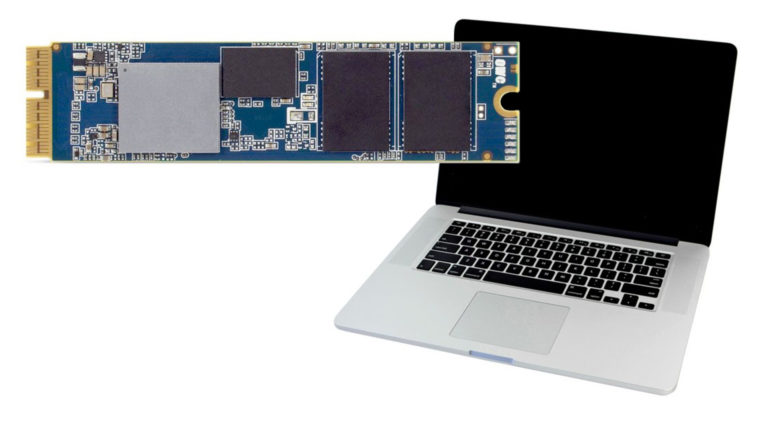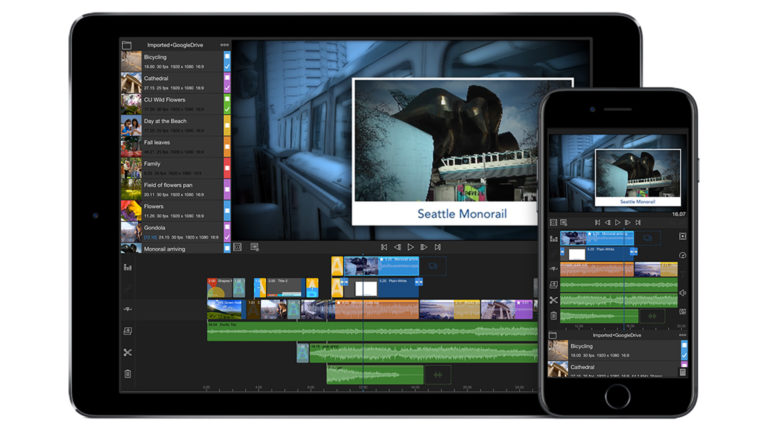The compact LitraTorch, introduced three years ago, was meant to be a rugged, versatile LED. It also happened to be good enough for most photo and video applications. Many folks, like me, also used it for camping, locating a lost wedding ring in the kitchen drain, and checking my car’s oil at 2 a.m. Indeed, one can find the LitraTorch for sale at Auto Zone, Best Buy, and REI. But despite the mighty light’s brilliant output, nifty diffusion globe, and superior build quality, the $80 Torch faced tough competition from inferior, non-photo LEDs that can be had for less. Much less — a few dollars, if that.
In response, rather than producing a cheaper, more fragile product, Litra made the required investment to improve the quality and quantity of the Torch’s output, making it even more photo-video appropriate. The LitraTorch’s CRI, for instance, which had languished below 80, was upgraded to a rather respectable 92 CRI/TCLI. These numbers in a low-cost LED light are nothing to blink at!

The new LitraTorch 2.0 (top left) and LitraPro (bottom left) feature more precise optics with 16 individual LEDs in the lower-cost Torch and 60 bi-color LEDs in the upscale LitraPro. The updated models employ a 70-degree lens offset, with optics placed away from the LED surface. Fitting each LED with its own individual lens helps minimize hot spots and create a smoother, more flattering beam. For color temperature adjustments with the lower-cost LitraTorch, one can purchase the optional filter set for $34.95.
The LitraTorch 2.0 incorporates 16 individual LEDs (compared to the original eight), significantly reducing the light’s harshness and its previous proclivity to produce objectionable shadows. More importantly, for shooters, Litra also added an overlying lens system to narrow the Torch beam from 80 degrees to 70 degrees, providing much-needed additional punch.
Most accomplished shooters will opt for the more versatile LitraPro, which uses the same advanced lens design as the lower-cost Torch, but adds the benefit and convenience of bicolor LEDs and an onboard OLED display for precise setting of color temperature and brightness. The Pro version, which outputs 1,200 lumens maximum at a rather impressive 95 CRI, also features a larger battery that yields up to 40 minutes of run time at maximum power or the equivalent of four hours (roughly) at half-power. The LitraPro supports the usual light-control accessories one might expect in a pro caliber camera light — a soft box, honeycomb grid, and barn doors.


The LitraPro also features a higher 95 CRI output and a nifty OLED screen to precisely set color temperature from 3000-6000º K in 100º K increments. Output intensity is settable in 5% intervals. Compared to the LitraTorch, the LitraPro features 50% greater output (1,200 lumens maximum), a longer-lasting battery sufficient for four hours of operation at 600 lumens, and built-in Bluetooth, for syncing up to seven units with dynamic and/or independent control.
It is no accident that the LitraTorch and LitraPro are so reminiscent of the GoPro’s shape and construction. Scott Gant, Litra’s founder and president, began his career in product design. For 25 years, he consulted for clients like Kodak, Dell, and HP, helping to develop a range of printers and other computer peripherals. Working for a start-up company that would be acquired by GoPro in 2009, Gant turned his attention full-time to designing the ultimate compact, rugged, waterproof LED — suitable for GoPro’s rapidly expanding ecosystem of nature shooters and action-adventurers. Producing a low-cost light that not only resembled the GoPro but was similarly constructed of machined alloy aluminum with the same mounting points, Gant figured GoPro users could leverage the support systems, gimbals, and stabilizers they already had in their kits. This thinking led to the introduction of the original LitraTorch in 2017.


The LitraPro supports a range of professional lighting control accessories. The Litra Honeycomb grid (top) and Litra Barn Doors (above) help rein in spill from the powerful-though-small light source.
Designing and manufacturing a compact, professional-grade LED presents significant challenges, the most notable of which is the layout of the LEDs on such a tiny board, and shaping the light off the LED so as not to lose too much intensity or create unacceptable hot spots or shadows.
To address the issue, Litra had to create a new precision injection molding to precisely place the lens array away from the LED surface. The design and shape of the lenses are critical due to the tight LED spacing in the LitraTorch 2.0 and LitraPro; a high level of precision is necessary to achieve high-intensity output with smooth beam characteristics.

The Litra Soft Box produces a soft, flattering light for video journalists and bloggers, but is clumsy to assemble as it is made up of multiple small pieces.

The soft box, affixed to the LED housing and a generic screw-in mount, can be frustrating in high-pressure environments like award shows and sporting events. A one-piece collapsible soft box should be offered instead, with a positive locking system for mounting securely atop a DSLR or camcorder handle. The generic screw-in slide mount provided with the LitraPro is not nearly robust enough to secure the soft box in run-and-gun applications.
Most LED lighting is housed in much larger fixtures, so the LEDs may be mounted on boards with a diffusion panel placed some distance away. Litra couldn’t utilize the same approach owing to its lights’ tiny size, so the first iteration of the Torch placed the lens directly on the LED, with an 80-degree dispersion angle that reduced the light’s punch and practicality.
Vloggers, ENG and fashion shooters understand the need to capture accurate and pleasing skin tones. LEDs, in general, struggle to output sufficiently saturated reds, and that can wreak havoc on flesh tones, especially darker skin tones. They can look ashen or splotchy when subject to the additional curse of high compression that comes with a DSLR, iPhone, or GoPro.

Unlike the typical on-camera LED made of plastic, the LitraTorch and LitraPro are constructed of Mil-spec aluminum. The robust, all-alloy construction offers excellent heat dissipation in order not to degrade the quality of light or deplete the battery unnecessarily.
Litra selects its LEDs with R values well above 90% across the color gamut, helping to ensure faithful flesh tones. Most low-cost LED lights, even those with a relatively high CRI at 7,000K, can be problematic at warmer color temperatures closer to 3,200 K where, it is fair to say, it matters most.

Most low-cost on-camera lights require a separate battery about the same size of the LitraPro body itself. With the LitraPro set to 50% output (600 lumens), shooters can expect (when new) about five hours of run time. For someone covering, say, the NAB ordeal in Las Vegas and suffering through the miserable food in the Central Hall, he or she can at least enjoy the solace of the LitraPro outlasting ordinary on-camera lights fitted with a common camcorder battery.
The LitraPro and Torch offer better-than-average performance in a lightweight on-camera light with a high CRI and TLCI — the latter being somewhat more accurate and less hypothetical, as it reflects better how our cameras actually read color at high resolution.










